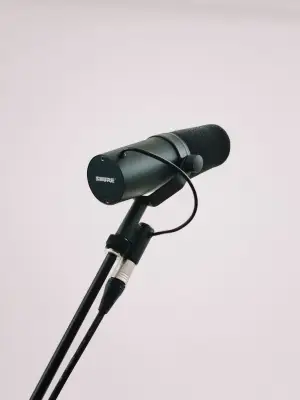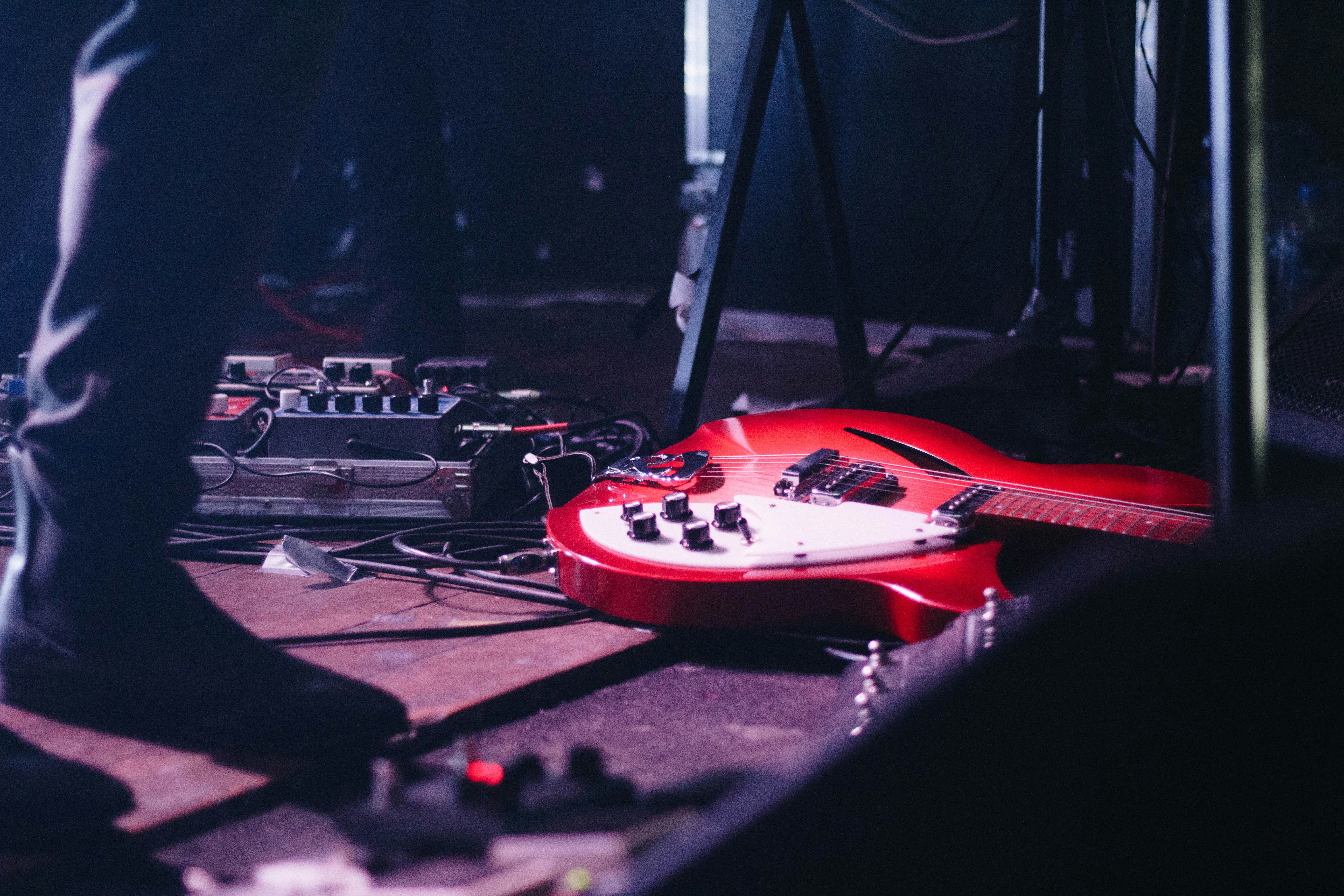
Your perfect tech rider
Technical rider, tech rider, tech spec, stage rider… We could even call it the concert bible. The technical rider wears many names, and varies in layout and details, but it always details what everyone needs to organise a gig as best as possible: the technical specifications that are provided or needed by the artist or band for their concert. It can include more information like lighting design and hospitality expectations for the artist or band and their crew. Basically, you should include anything that you want - and need - the venue’s staff to know for your technical and comfort needs.
The order and details of the information varies according to your preference. You need to make sure you detail all the equipment you have and their specificities (model, characteristics, location on stage…) as well as the equipment you need the venue to prepare for you (from mics to monitors and PA system).
You will find many rider tips and examples on the internet (have a look at the Smoking Gun website for a compilation of famous bands/artists’ riders, especially hospitality riders). You can take the time to check them and use anything that can help you improve your own - just remember to be as precise as possible, for the venue’s crew that will work with you and for your translator who will make sure that everything is clear for your gigs abroad.
I've prepared a tech rider template for that is (almost) ready for your gigs in English, Spanish and French-speaking countries: ♫ English ♫ Spanish ♫ French ♫
Contact me if you’d like a personalised tech rider in any of those languages or your own tech rider’s translation. You can also check out my special offer for music artists / bands.
1 - Set-up
Backline
Describe the instruments and equipment (MICs/DIs, stands, cables…) that you need and make sure to distinguish what you bring and what you need the venue to supply.
Frontline or Front of House (FOH)
Describe what you need or prefer for the sound system (PA): monitors (wedges, in-ears, subwoofers…), cables (XLR usually provided by the venue), console and mixing preferences… You can mention if you already have your presets on a USB stick for example.
2 - Stage Plot
Also called stage plan or stage layout, it should show all the elements needed on the stage, not only the instruments but also the mics, power outlets, monitors, amps, DIs, stands…
You can create one manually or use one of the online tools to generate one and import it into the template provided in this article.
Stage plot designer (free)
Musicotec (free - translated from Spanish, be cautious with the sometimes incorrect terminology)
Tecrider (with subscription, limited free version)
Stage Plan (with subscription, limited free version, also generates other tech rider's sections)
3 - Lighting design
It can be described in the tech rider or in its own rider if you have a developed lighting system with your equipment and a prepared lighting set. The preferences can include colours, intensity, equipment, places on stage to highlight or changes during the performance (can be detailed for each song in the setlist if needed).
4 - Setlist
It details the songs you will play and most importantly their duration, which will help the venue’s crew and especially the sound engineer with time management. If they have time they’ll also be able to check the songs and have a better idea of what they will be working on during the concert, and what they want to focus on during the soundcheck if there’s not enough time for the full set.
5 - Music for reference (optional)
This helps the venue’s crew to know your music and your usual mixing preferences, especially if you have other live performances to show as examples.
6 - Hospitality rider
This section is here to make you comfortable before, during and after your performance. You can indicate any special needs you have in terms of accommodation, dressing room, food and beverage (special diets, intolerances or allergies most importantly, more than a specific brand that you want like some bands do - some can be very specific and demanding as the Smoking Gun website shows, real divas!). That’s the place for any other (pre and post-concert) requests you might have.
7 - Contact information
Last but not least, your contact information, so that the sound engineer or another technician working at the venue will be able to organise everything in time and ask you questions if any arise. There might be compromises needed if the local venue cannot provide the specific equipment models or brands that you asked for.
Useful resources
El rincón de lectura
Para saber más acerca de las lenguas y otros temas vinculados
Un poco de lectura ligera sobre temas lingüísticos, literarios o sociales, ¡venga a echarles un vistazo!

Teorías y reflexiones sobre la traducción
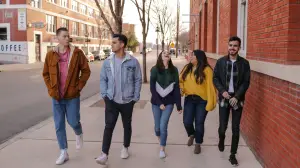
Sociolingüística: conceptos claves

Language accessibility in live performances

Aprender una nueva lengua

Fracasos de traducción
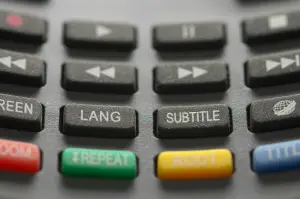
Subtitling: use(s) and norms

El inglés en Irlanda
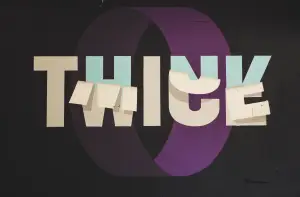
La localización
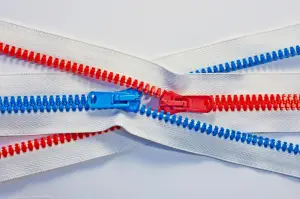
El lenguaje tabú

Youth Language
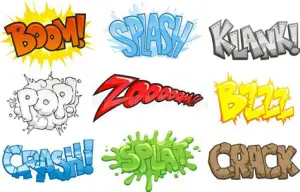
Onomatopeyas a través del mundo
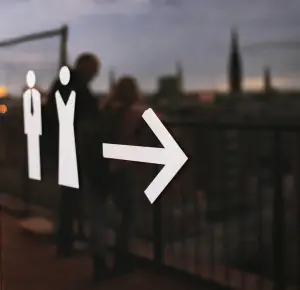
Lenguaje y género
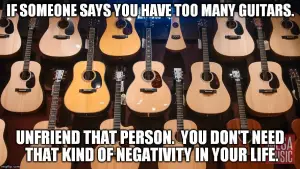
The meme corner - La música
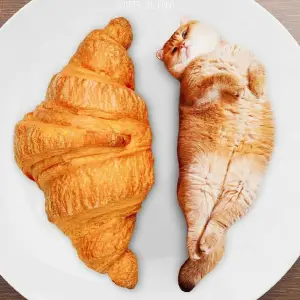
The meme corner - La comida en el mundo
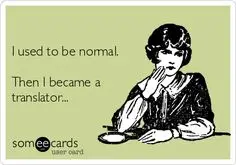
The meme corner - Ser un(a) traductor(a) / intérprete
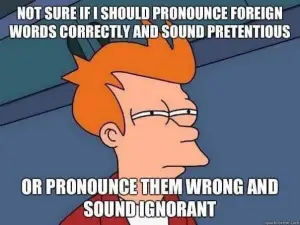
The meme corner - La lingüística
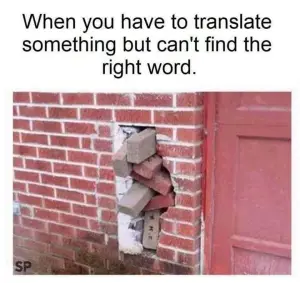
The meme corner - La traducción

Cuando la comedia se burla de la interpretación

La manipulación de las palabras y realidades en la política
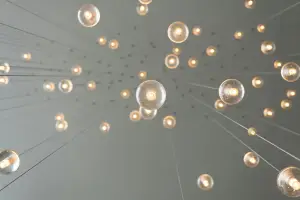
Language attrition
